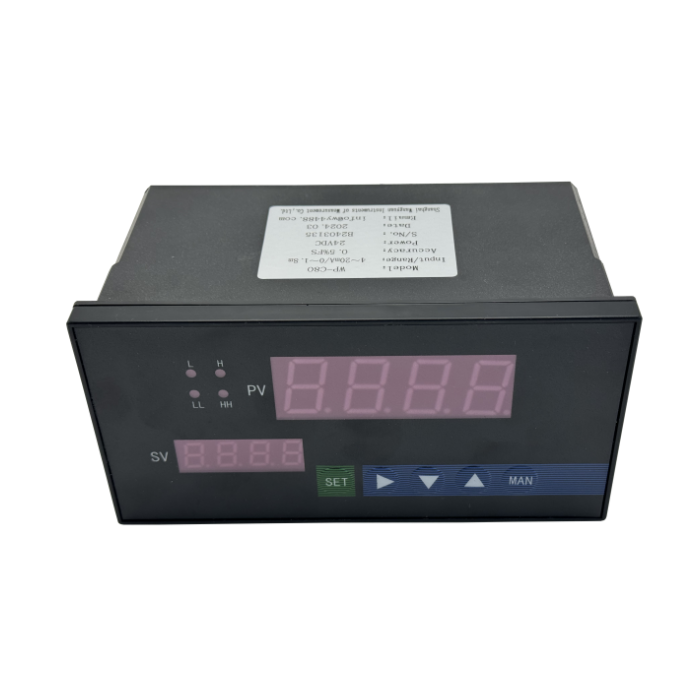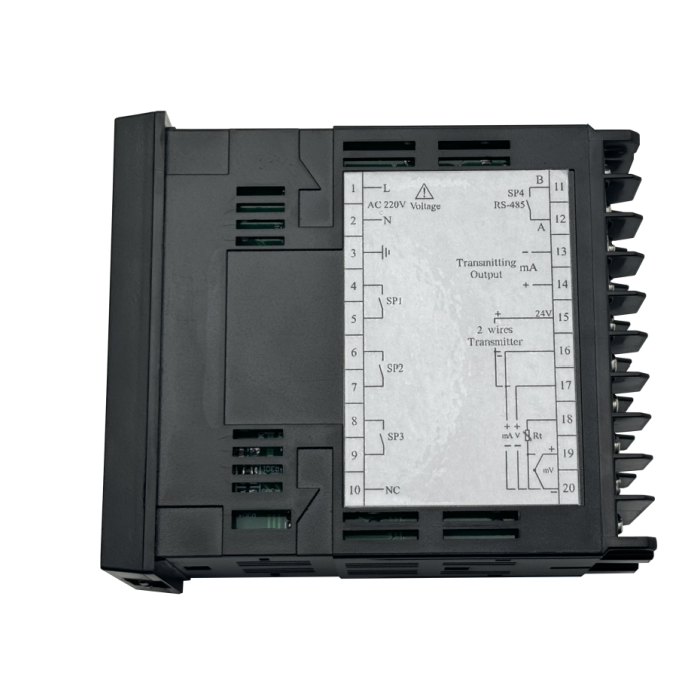An intelligent display controller could be one of the most common accessory instruments in process control automation. The function of a display, as one could easily imagine, is to provide visible readouts for signals output from a primary instrument (standard 4~20mA analog from a transmitter, etc.) for on-site personnel. In practice, many transmitters or sensors in use are not configured with a digital display, which means they have no local readable indication and only transmit outputs to another device through electrical wires.
A Panel-mounted display controller may play its role in such cases when there are demands of extra indication for field operators. For instance, a integral type non-display submersible level transmitter mounted from the top of a high storage vessel can be connected to a display controller on the ground to show level reading in real-time.
Apart from the application of optimizing the existing operating sites, one may wonder why don’t just require an attached local display when ordering new primary instruments instead of purchase extra indication devices? The controller does have a couple of pros comparing to transmitter’s own display:
★Flexibility. A display controller can be panel-mounted on desired place freely and receive & exhibit outputs remotely from a transmitter which could be located at hazard zone or complicated area.
★Compatibility. A display controller could have multiple dimension size options and its input & output signal signal is extensive and configurable.
★Extra features. A intelligent indicator may have some other functions, like 24VDC feeding output and 4-way relays for alarm control.
As an instrumentation manufacturer, WangYuan can supply series of Intelligent Industrial Indicators catering to clients’ demand on secondary instruments.
Post time: Apr-03-2024





